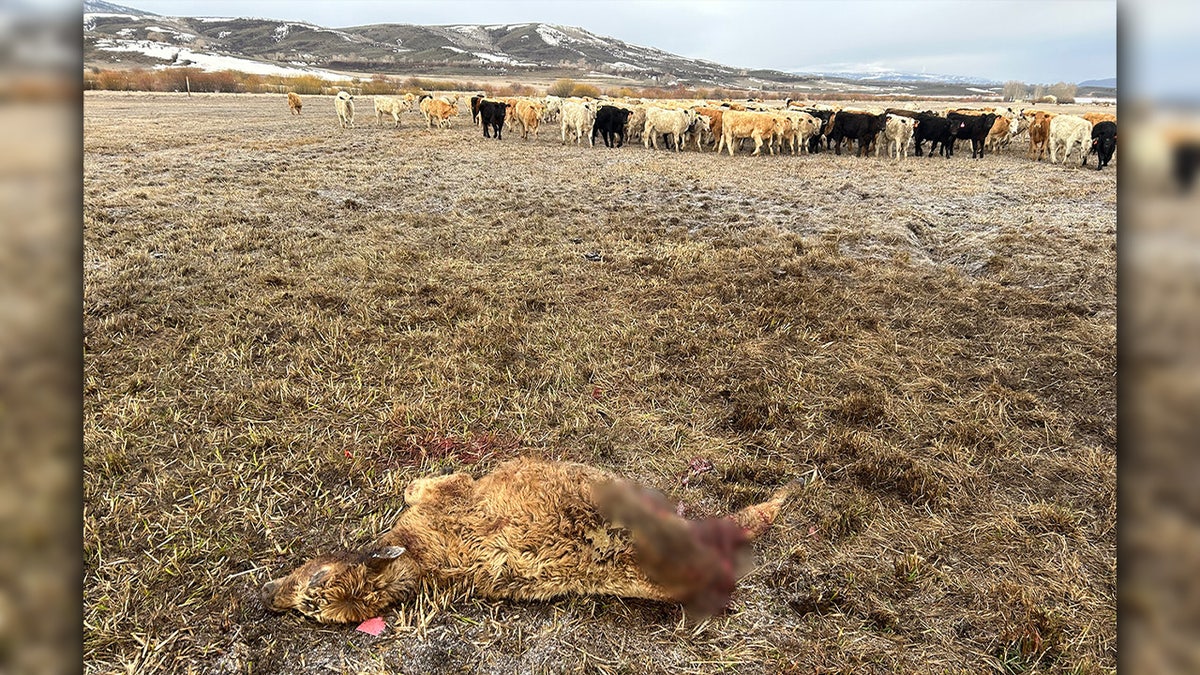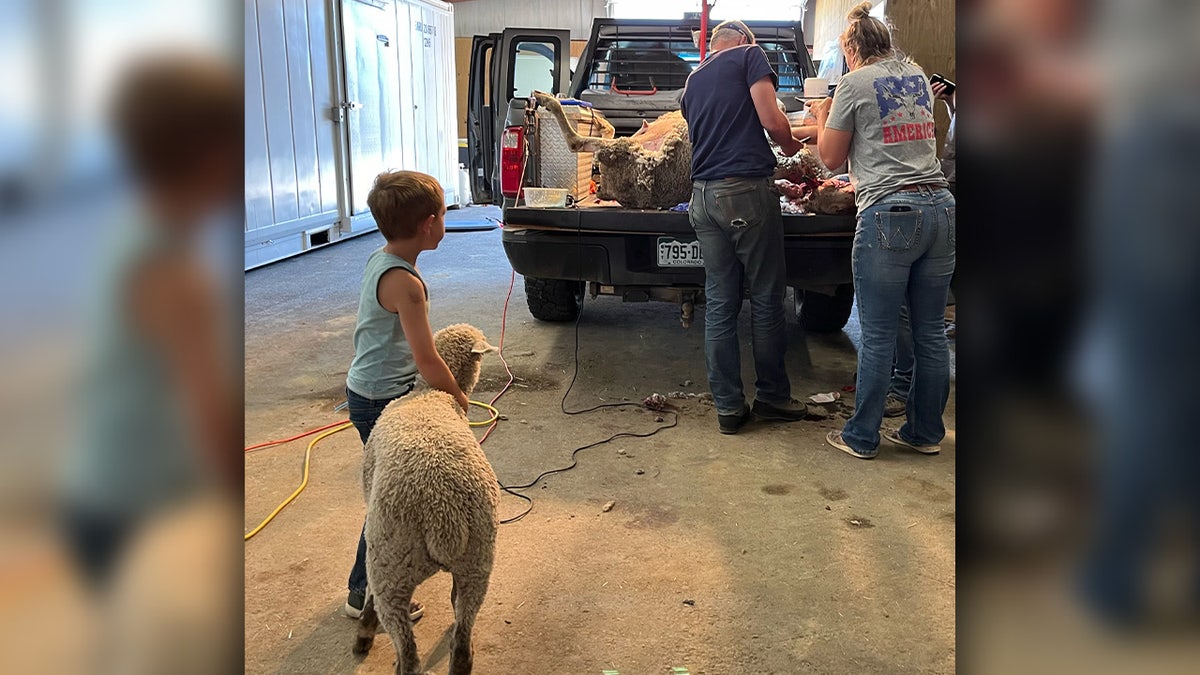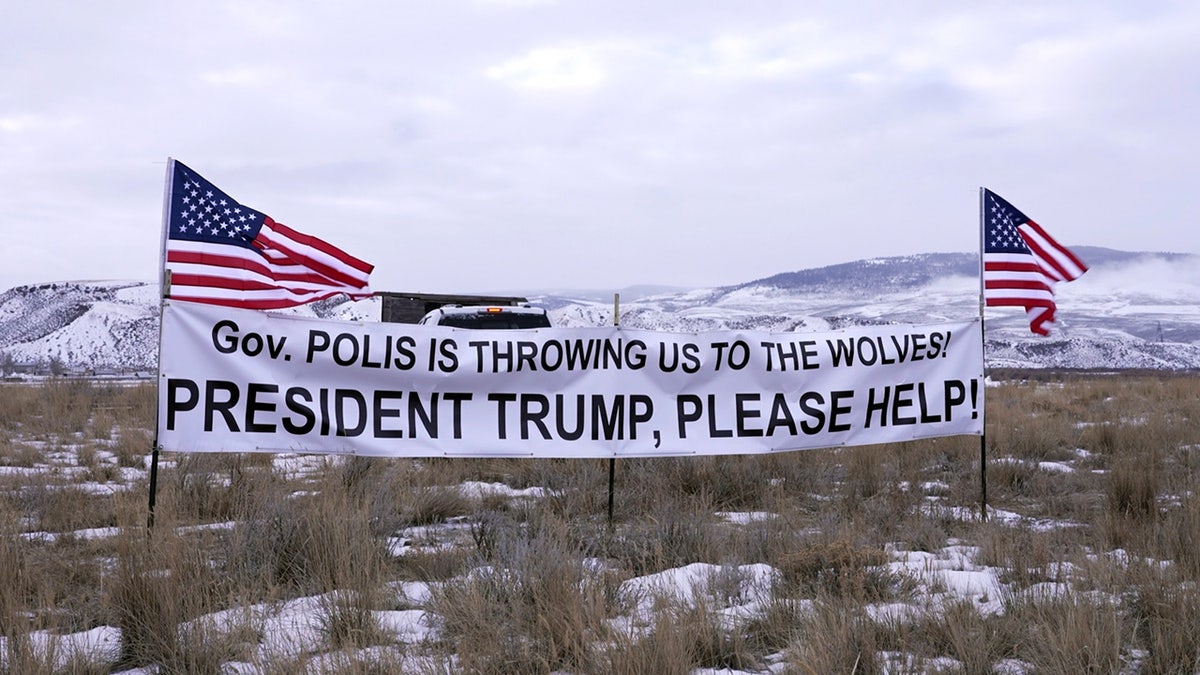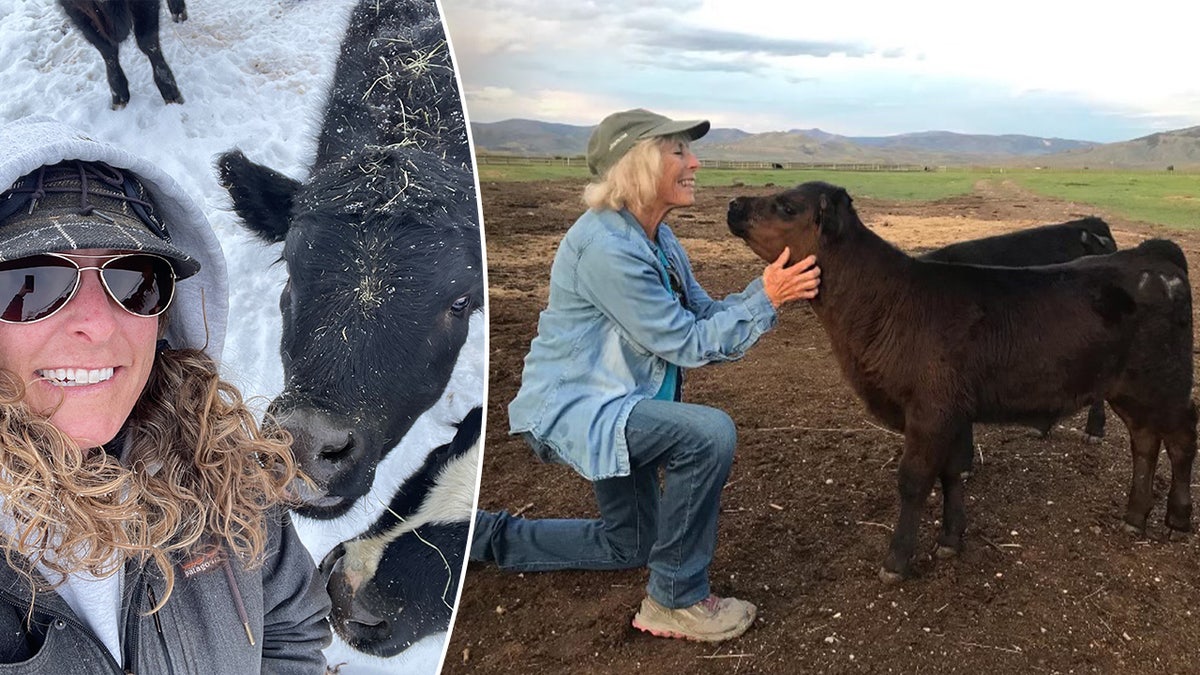The reintroduction of gray wolves to Colorado's Western Slope in late 2023, mandated by voters, has brought about significant challenges for local ranchers. They are grappling with both the financial and emotional fallout of livestock losses attributed to the wolves.
The gruesome discovery of mauled calves on the Farrell family ranch in April 2024 brought the harsh reality of wolf predation into stark focus. The family lost four calves in a single day, a devastating blow that left them reeling. This incident highlighted the brutal nature of wolf kills and the emotional toll it takes on ranchers who care for their animals.
Ranchers argue that the state's compensation process for wolf-related livestock losses is complex and inadequate. Colorado Parks and Wildlife (CPW) requires confirmation of wolf involvement, which necessitates a well-preserved carcass – a difficult condition to meet, especially during warmer months when decomposition and scavenging occur rapidly.
By December 2024, ranchers in Grand County had submitted claims exceeding $580,000 to CPW. The Farrell ranch alone accounted for over $420,000 of that total, citing losses of 65 calves, nine cows, and 14 sheep, in addition to reduced cattle weight and lower conception rates attributed to stress caused by the wolves. As of February 2025, the Farrells reported receiving no compensation.

CPW's official records of confirmed wolf depredations lagged behind the ranchers' claims. The initial calf killed on the Farrell ranch in April 2024 was still listed as "pending" in CPW's records as of February 2025.
The Copper Creek pack, formed by a breeding pair of wolves, was identified as the primary culprit in the majority of livestock attacks. In an attempt to mitigate the issue, the female wolf and her four pups were relocated. The male wolf was later found dead from a gunshot wound, prompting an investigation by the U.S. Fish and Wildlife Service, given the endangered status of gray wolves.
Seeking higher intervention, local ranchers appealed to then President-elect Trump, hoping he would intervene in the state's wolf reintroduction program. They erected banners along highways, highlighting their plight and calling for federal assistance. This action underscored the ranchers' frustration with the state's handling of the situation and their desire for federal intervention.

Colorado's Republican U.S. House members also voiced their opposition to the wolf reintroduction, urging the incoming Trump administration to halt the program. Some representatives even sought to remove gray wolves from the federal endangered species list.
Despite a petition from livestock and agricultural organizations to pause further wolf releases, the CPW Commission voted to proceed. Subsequently, 15 additional wolves were captured in British Columbia and released in Colorado, bringing the total wolf population in the state to 29, including those that had migrated from Wyoming.

While acknowledging the hardships faced by ranchers, proponents of wolf reintroduction argued that the livestock industry needed to adapt and embrace preventative measures. They highlighted the availability of resources and tools like range riders and fladry to mitigate wolf-livestock conflicts.
However, ranchers countered that some of these methods, like fladry, are impractical for large grazing areas. They emphasized the emotional burden of losing livestock to wolves, the financial strain, and the added stress of adapting to the presence of predators.















